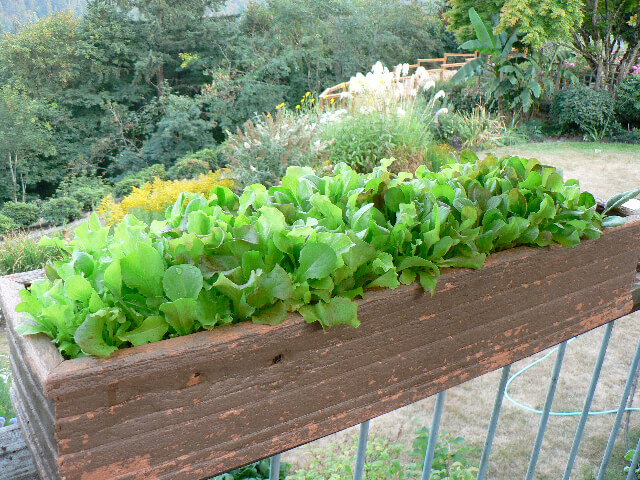“What soil is best to use for my herbs in a raised bed? I have lemon balm, mint, basil, and thyme.” Stacey of Brooklyn Park, Minnesota
Answer: Our Black Gold Natural and Organic Raised Bed Potting Mix is specially formulated for raised beds and has all of the characteristics needed for growing herbs, including good drainage, ample organic matter, and a neutral pH. Additionally, I always recommend that gardeners mix a little natural topsoil into their raised beds at a ratio of one part topsoil to two parts bagged mix. The addition of natural mineral soil will increase the longevity of the mix and provide natural microbes and minerals.
The lemon balm and basil will grow beautifully in the organic-rich mix. In the areas where you plant thyme (or lavender and sage, for future reference), I recommend the addition of a fast-draining mineral amendment, such as sand or gran-i-grit. A small bag will help. Mint is a very aggressive herb that will completely take over a raised bed, so I suggest growing it alone in a large pot.
After your herbs have initially been planted, water them every other day to help them become established. After a couple of weeks, you will only need to water if the soil becomes dry in the absence of rain. Add a slow-release fertilizer for vegetables and herbs at the beginning of the season to ensure that they grow their best. (Click here for more information about growing essential culinary herbs.)
When determining how the amount of mix to add to your beds, use this formula:
How to find soil volume for square or rectangular raised beds:
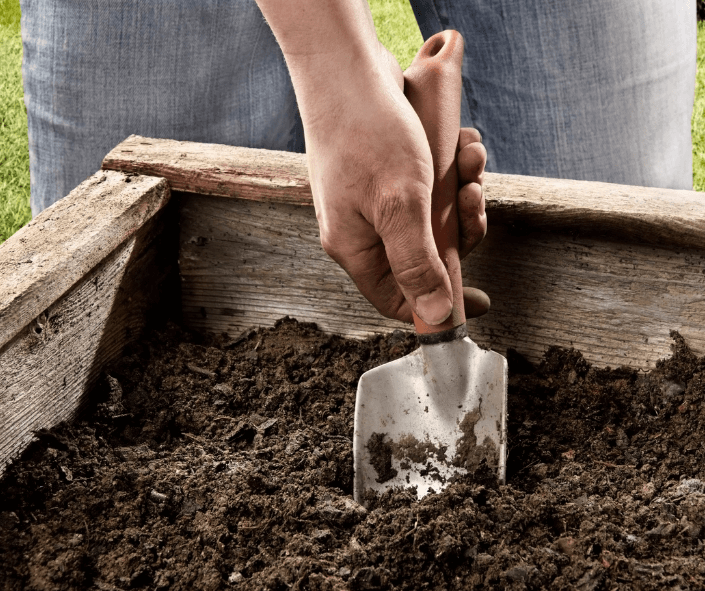
To find the amount of soil you will need, determine the volume of your square or rectangular bed by measuring its length, width, and height. Then use the following formula: V = L x W x H.
V = soil volume
L = bed length
W = bed width
H = bed height
So, if your bed happens to be 6 feet x 4 feet x 1.5 feet, multiply 6 x 4 x 1.5 = 36 cubic feet. Our raised bed soil is sold in 2.2 cf bales. To determine the amount of bagged soil you might need (36 cubic feet/2.2 cf bales= 16). If you plan to add topsoil at a 1:3 ratio, then you will need 2/3 mix (24 cubic feet (10.66 2.2 cubic foot bags of raised bed potting mix)) and 1/3 topsoil (12 cubic feet of topsoil). If you want to buy topsoil by the yard, then you must know yardage. Divide the answer in cubic feet by 27 to get the number of cubic yards you might need (36/27= 1.3 cubic yards).
Happy gardening,
Jessie Keith
Black Gold Horticulturist


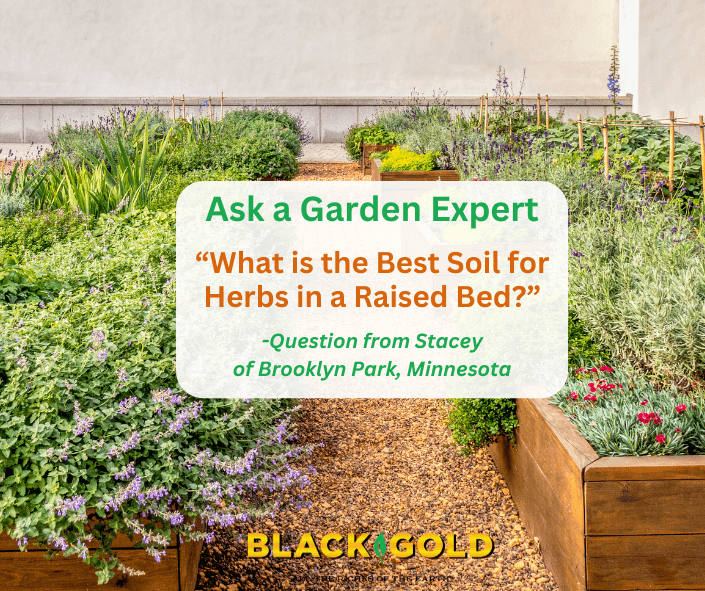
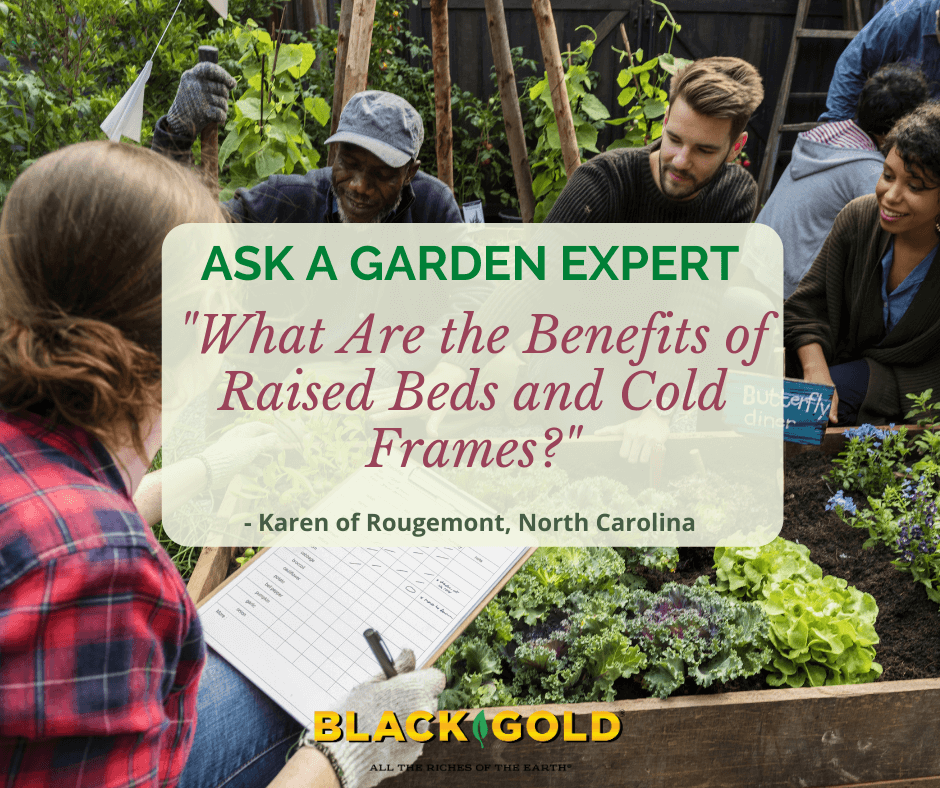
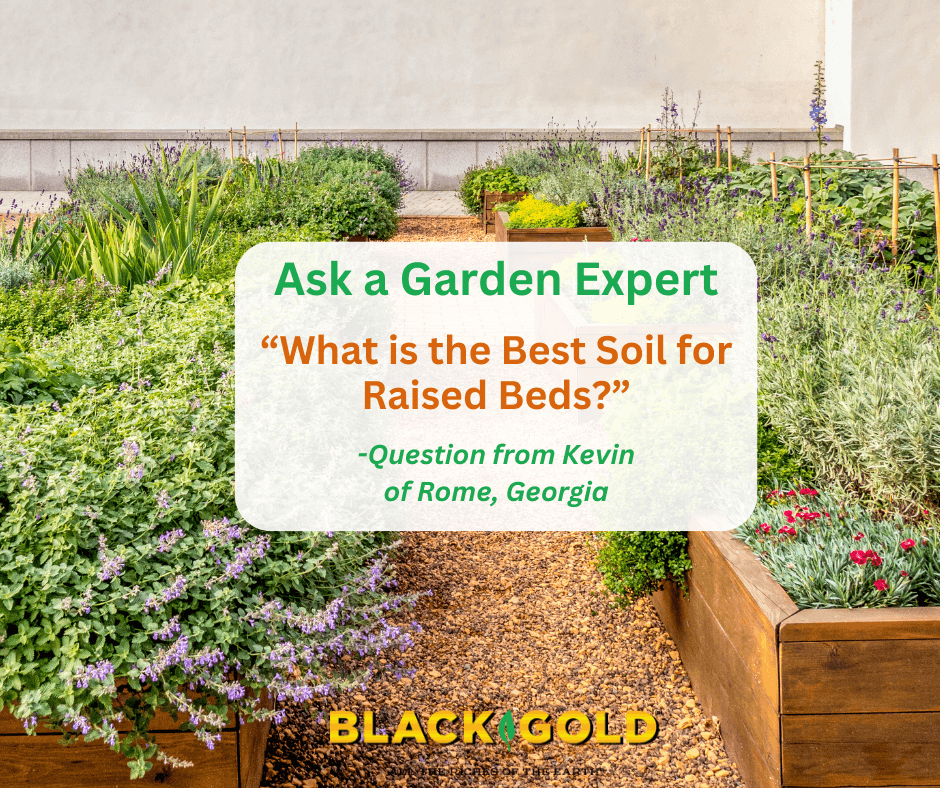

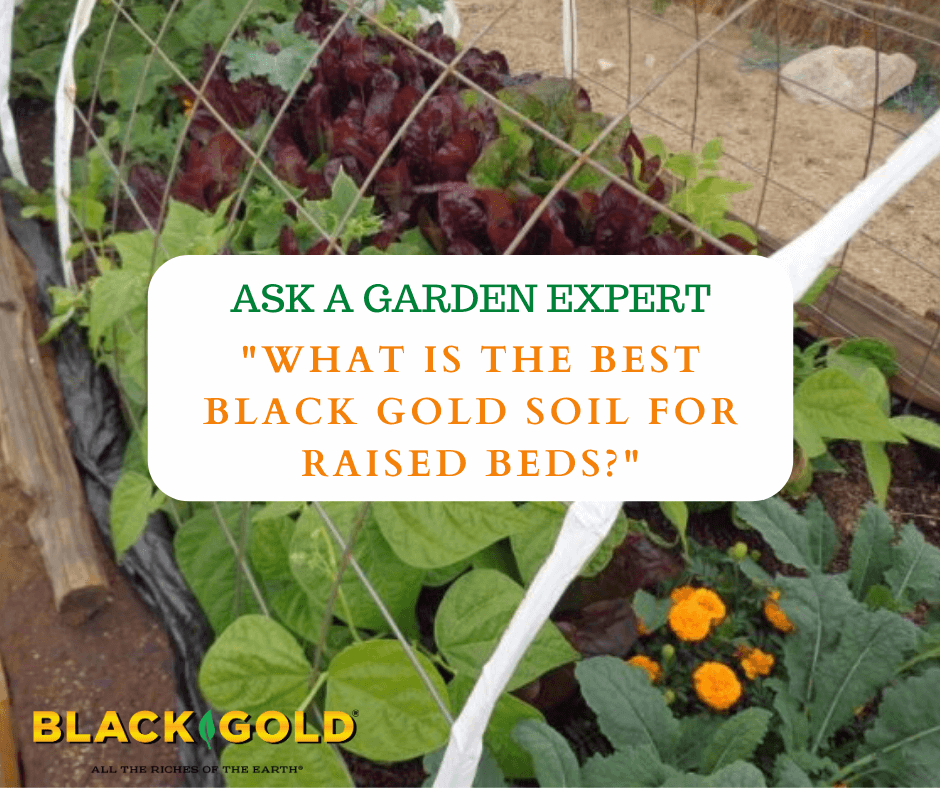


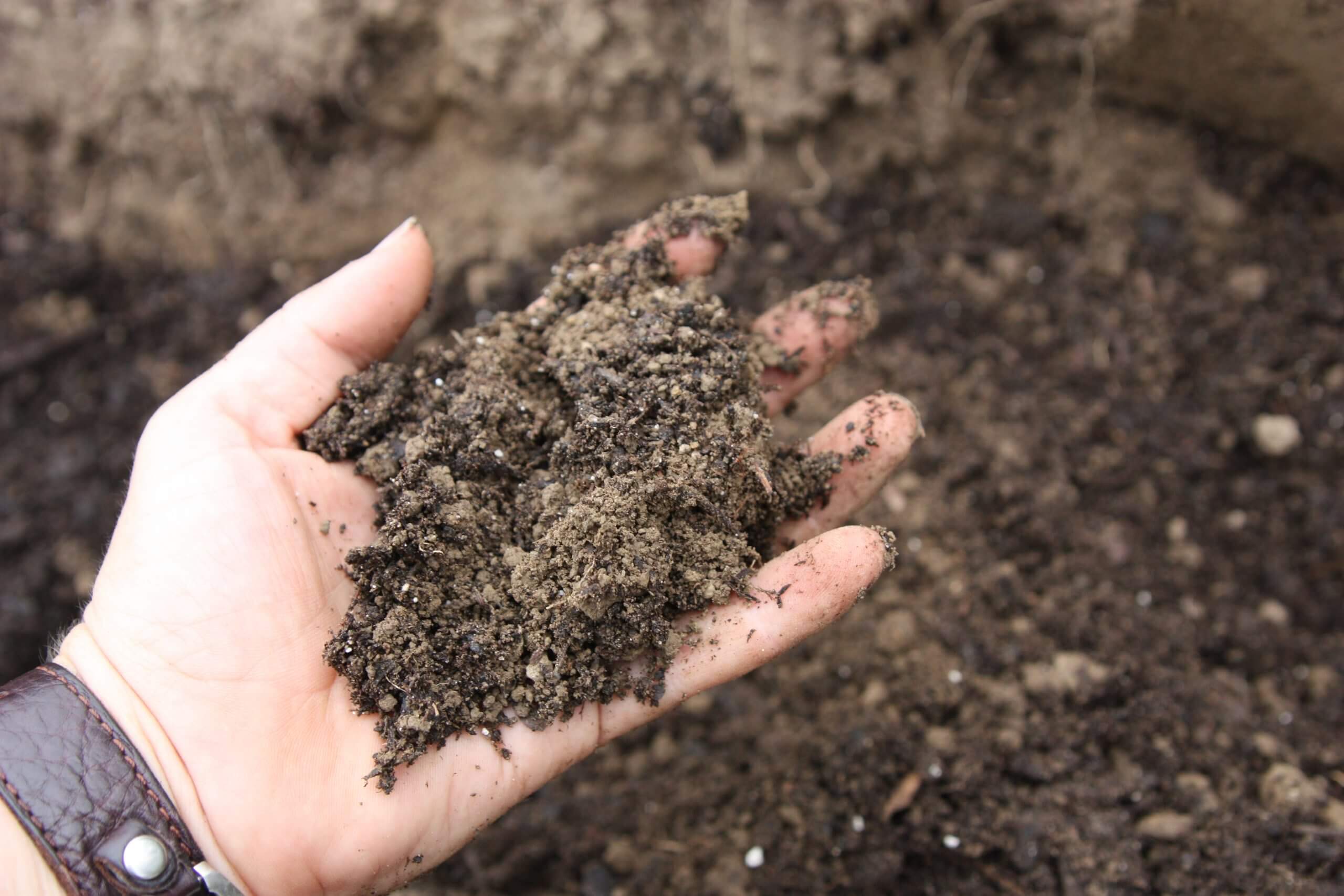
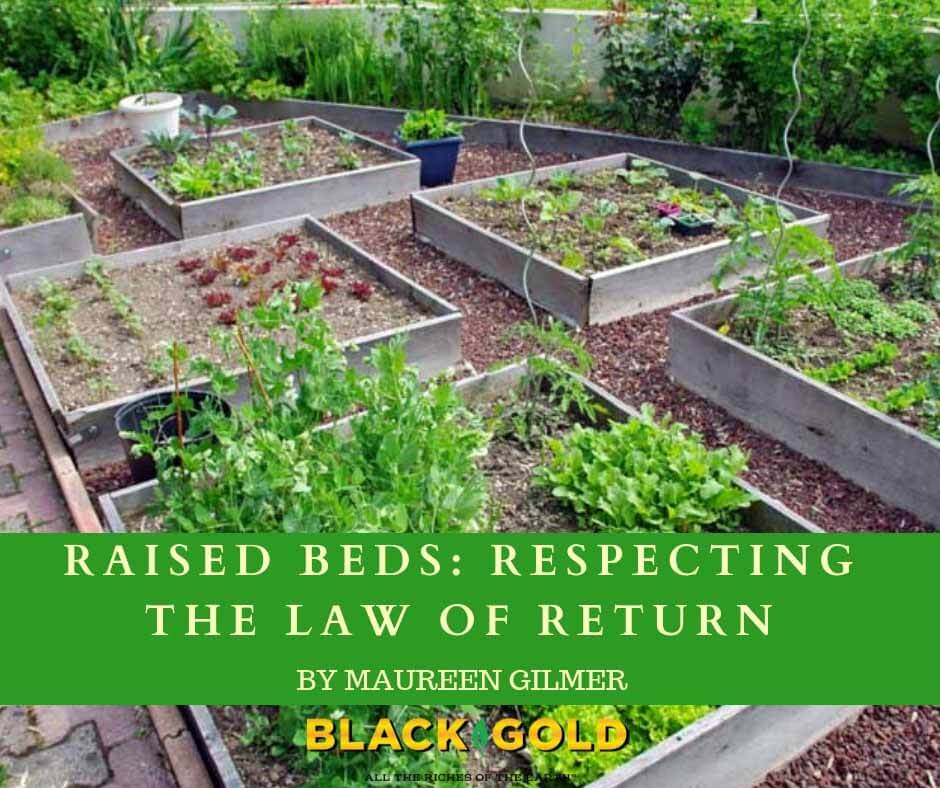
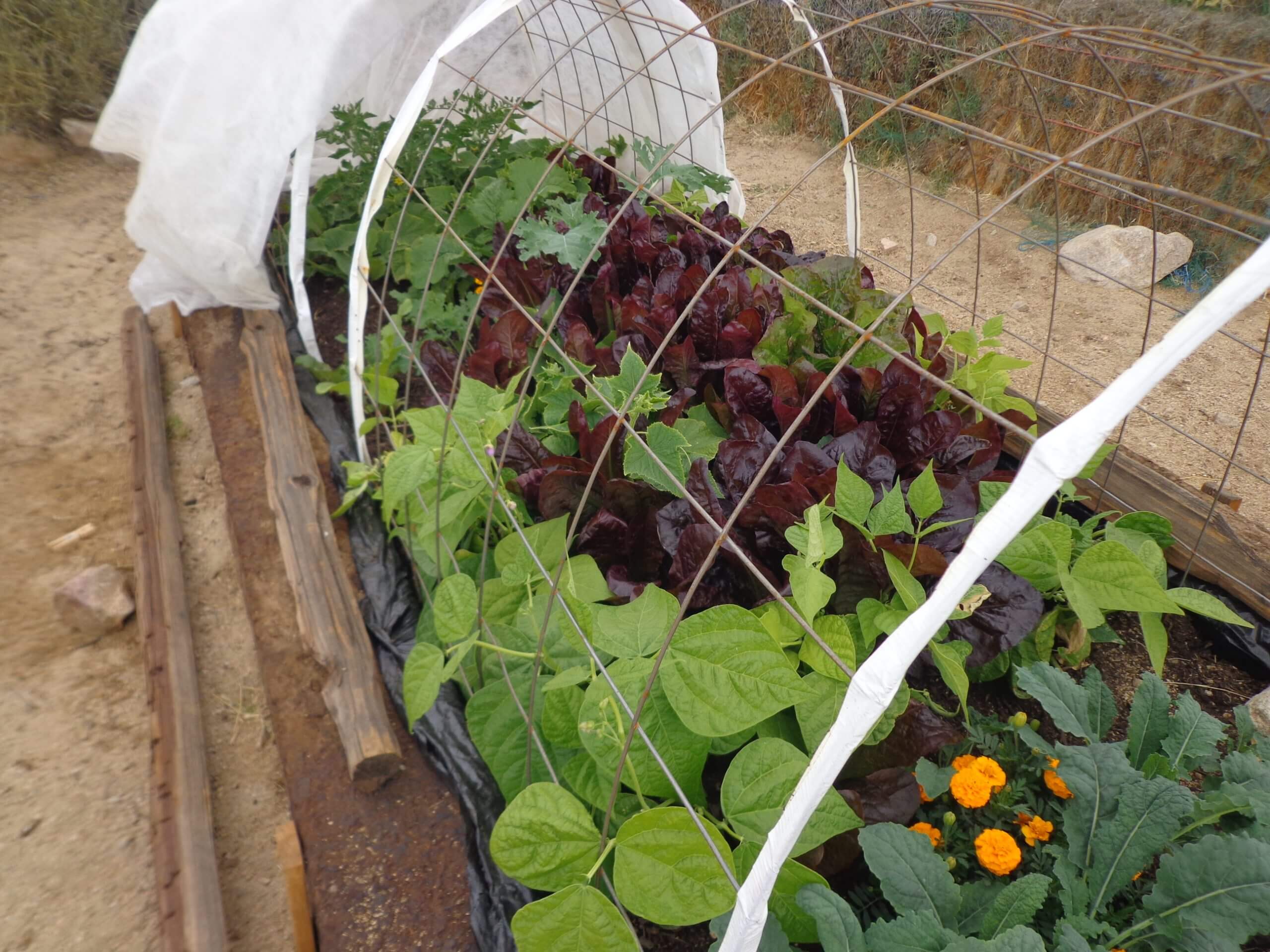

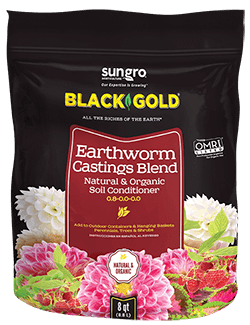
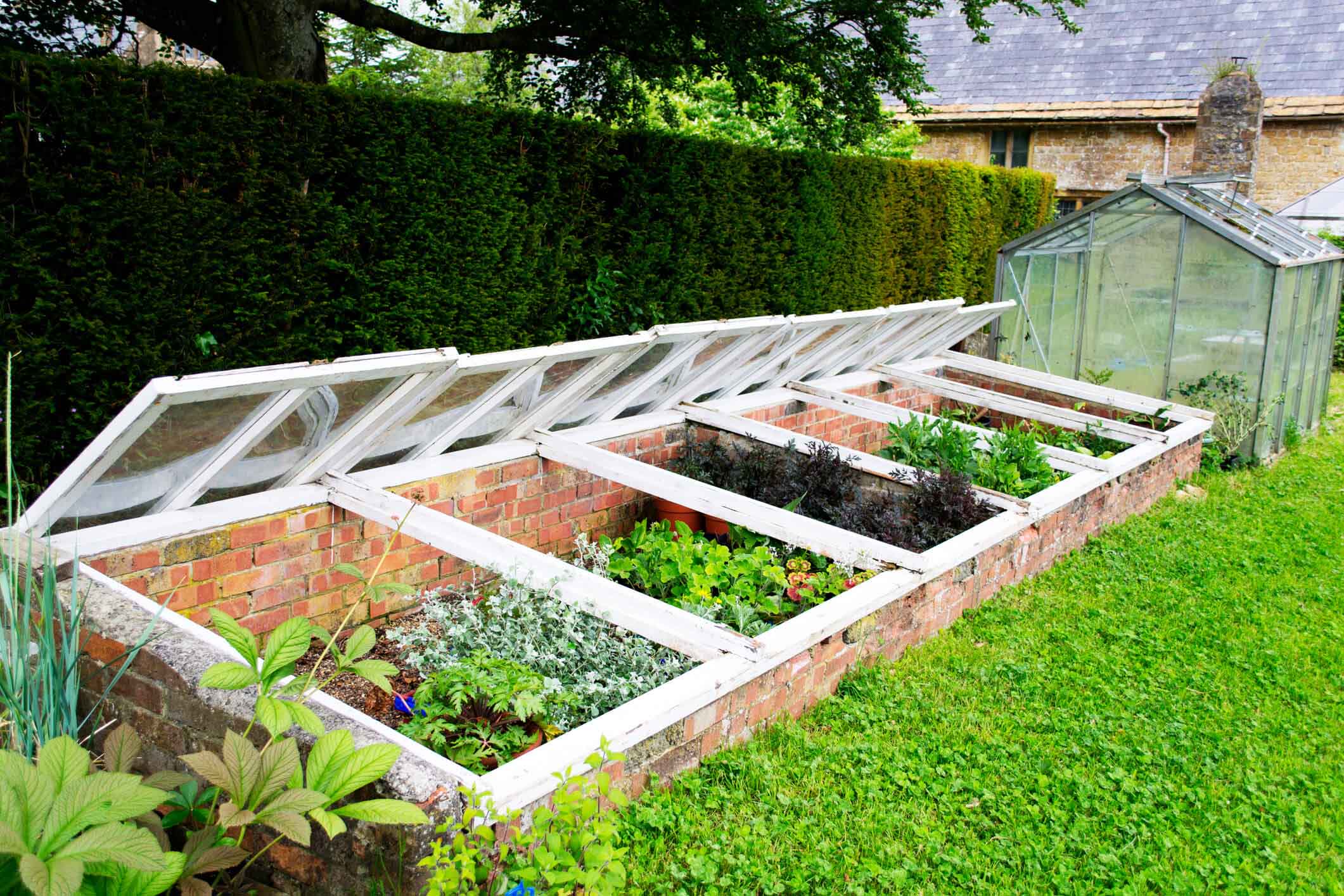
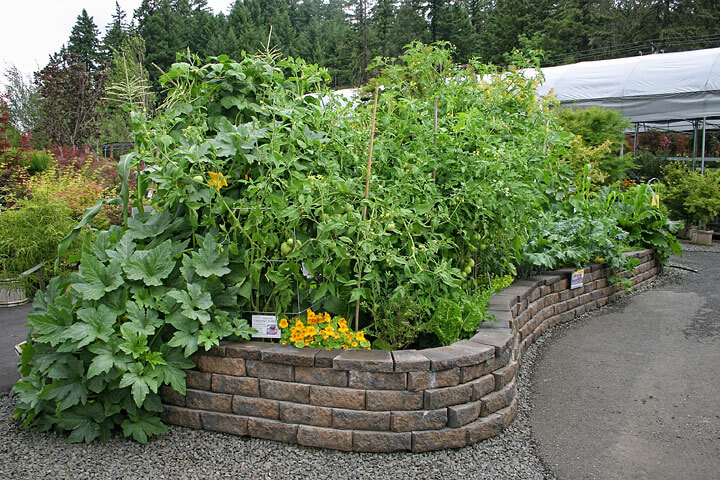
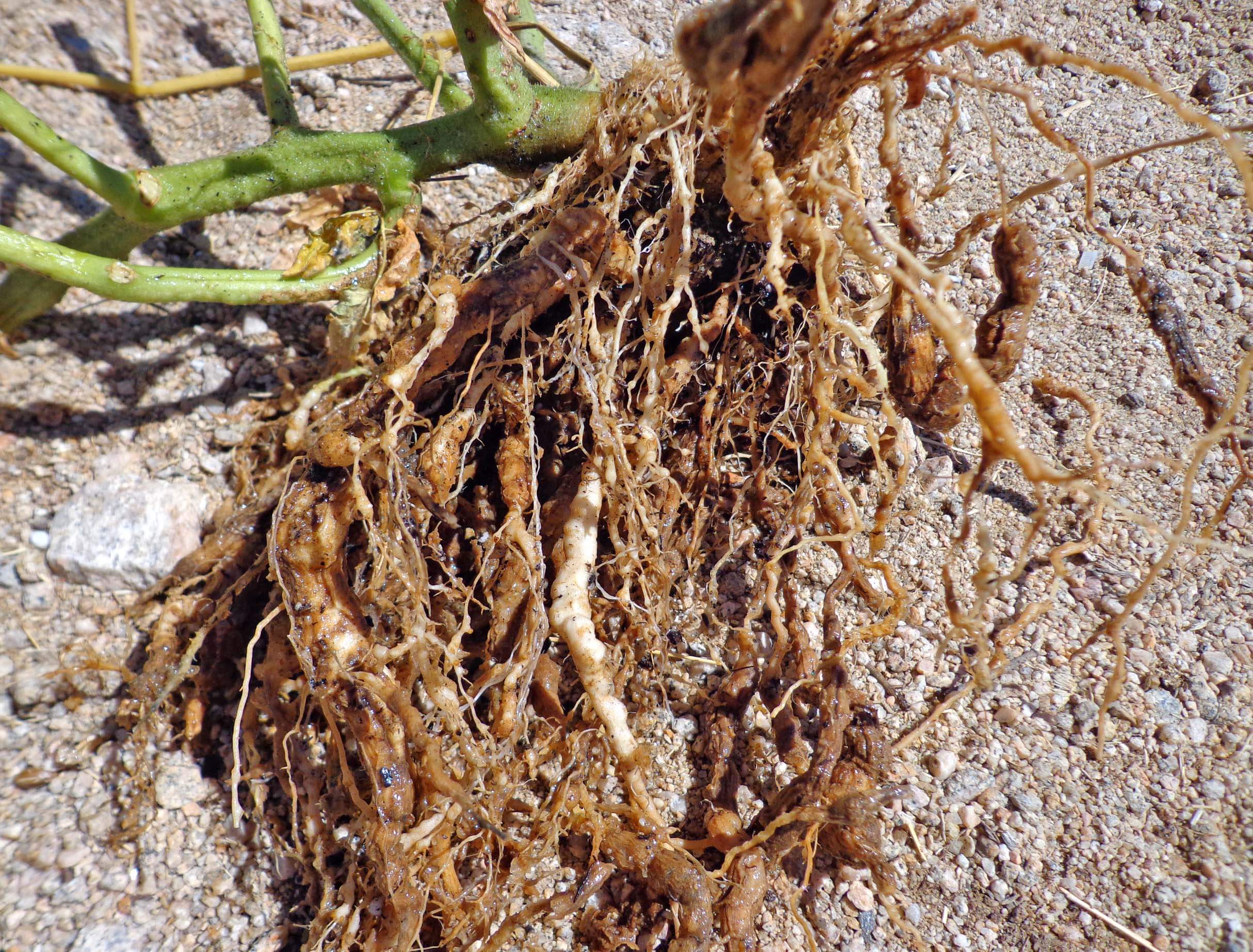
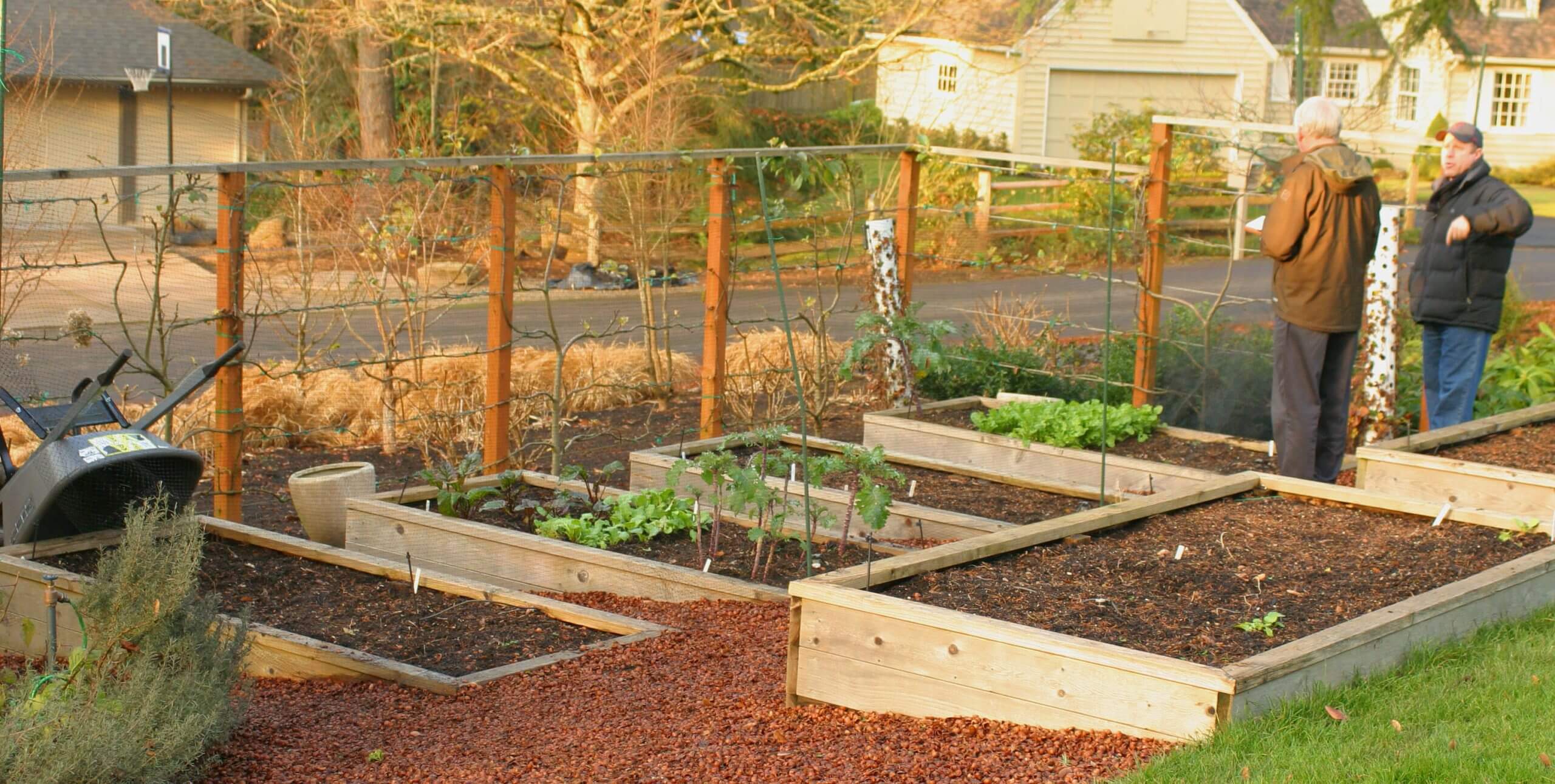

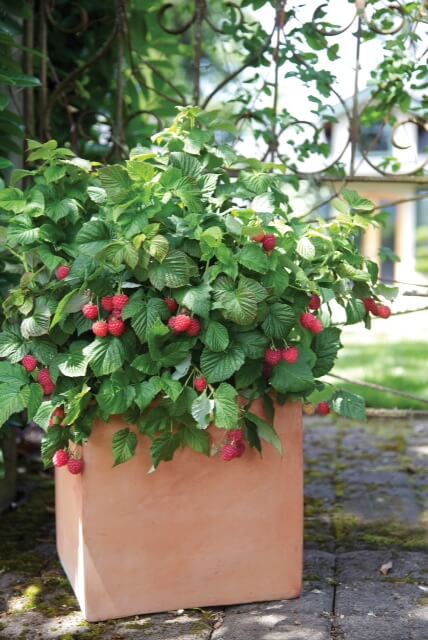
 blueberry that is also easily grown in a container. It provides almost year round color with the typical white blueberry flowers in spring and the bright green leaves in early spring that become darker shades of greens and reds as the season progresses. The berries are large-sized and appear in mid-summer. Both of these berries would benefit from using
blueberry that is also easily grown in a container. It provides almost year round color with the typical white blueberry flowers in spring and the bright green leaves in early spring that become darker shades of greens and reds as the season progresses. The berries are large-sized and appear in mid-summer. Both of these berries would benefit from using 